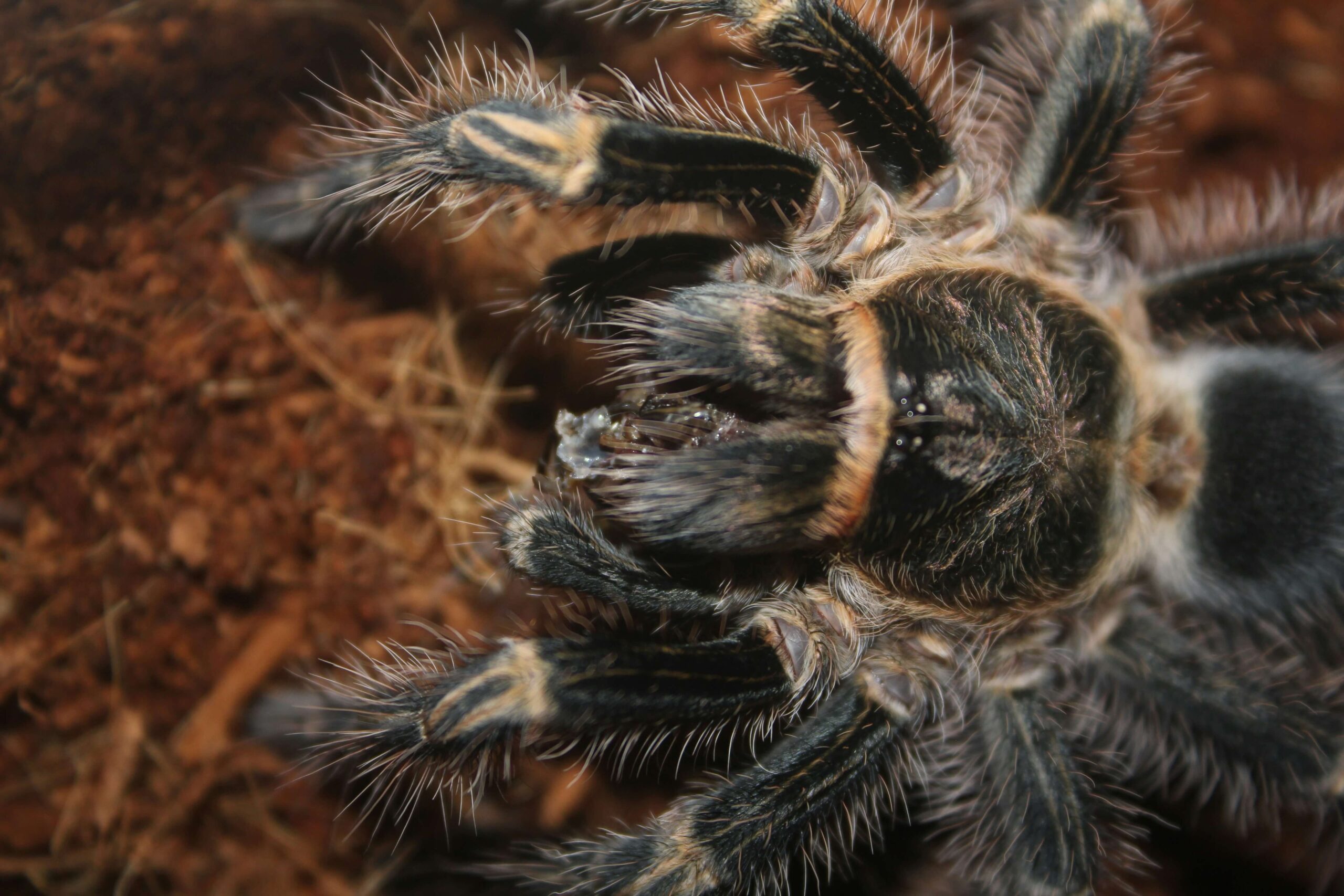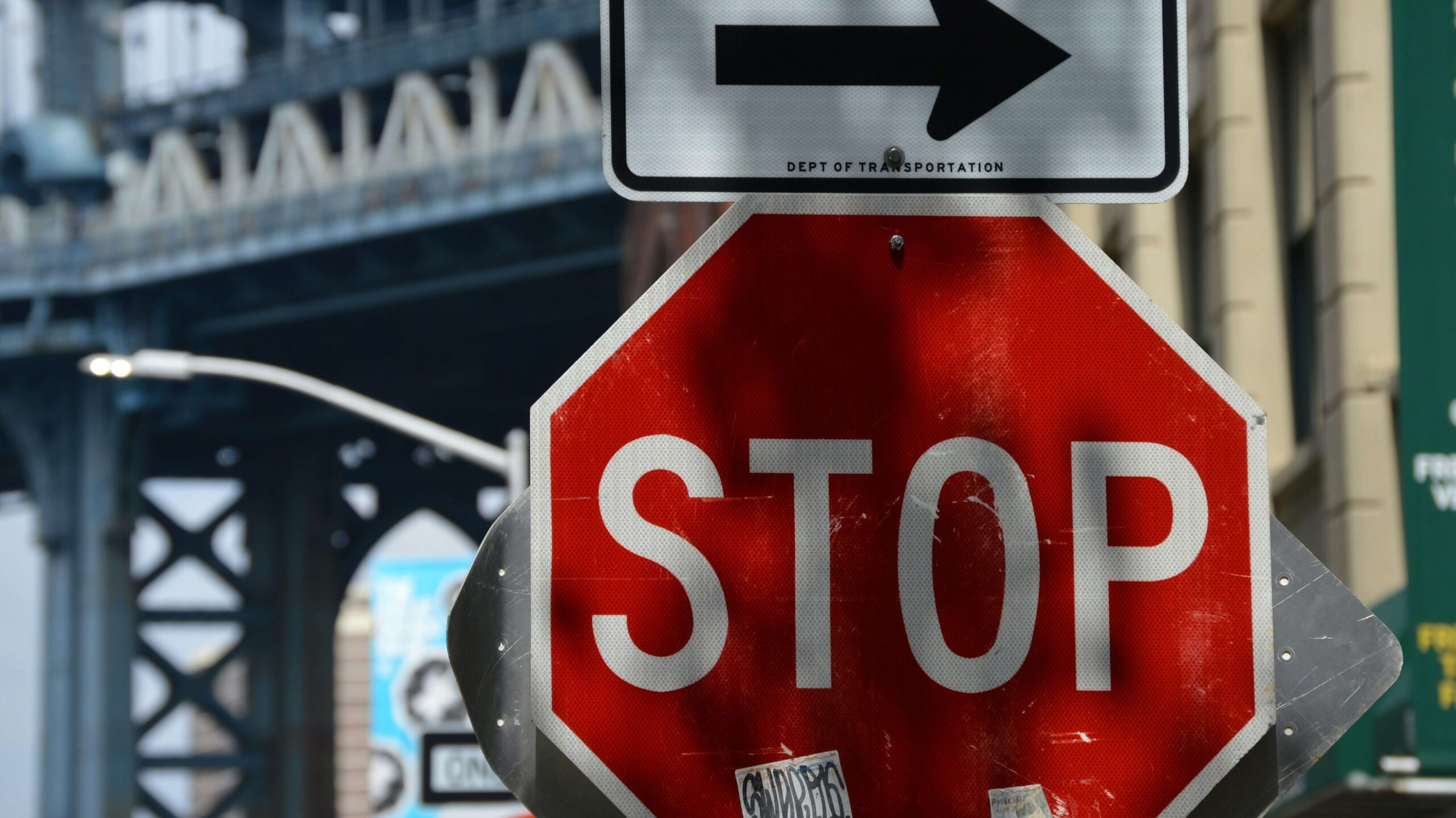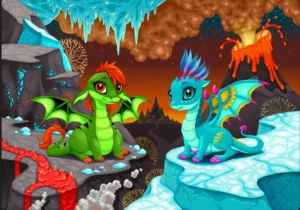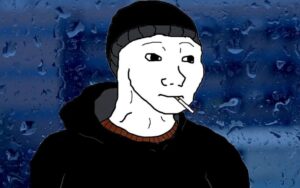Introduction
You’ve probably seen it before—a cartoon monkey puppet looking off to the side, eyes wide, mouth tight, and arms stiff. It appears in replies to awkward stories, uncomfortable truths, or that one moment you wish no one had noticed. This is the monkey puppet meme, or side-eye monkey, and it has quietly become the most relatable way to say, “Yikes.”
What’s the Monkey Puppet Meme?
The monkey puppet meme shows a nervous-looking puppet glancing sideways, often used when someone feels exposed or embarrassed. It’s known by many names: awkward look monkey, side-eye monkey, oh no monkey, and monkey puppet. The image often appears with captions like
- “When they read your old messages out loud.”
- “When you realize the group chat is about you.”
Its stiff pose and forced smile capture exactly how it feels to be uncomfortable but unable to escape.
Where Did the Meme Come From?
The meme comes from a Japanese children’s show called “Okaasan to Issho” (translated as “With Mother”), which aired from 1959 to 1988. The puppet’s name is Kenta, and in the original clip, he reacts to another puppet’s shocking confession.
The meme gained early popularity in the Spanish-speaking community, where a version with the caption “No ahora, por favor” (“Not now, please”) went viral. From there, it spread to Twitter (now X), Reddit, and eventually TikTok and Instagram. Its most common format today is a looping GIF of Kenta darting his eyes and awkwardly staying silent.

Why Do People Use This Meme?
This meme works because it shows a quiet emotion: discomfort. It doesn’t shout or overact. It simply mirrors how we freeze in awkward moments.
Here’s how people use it:
- To react to being called out
- To comment on weird or personal oversharing
- To respond to drama they want to avoid
It’s also highly flexible. You can use it sarcastically or seriously to show guilt, embarrassment, confusion, or helplessness.
Types of Monkey Meme Variations
- Side-Eye Monkey
This is the most well-known rendition. The puppet glances sideways, trying to pretend he didn’t hear anything.
- Oh, no, Monkey!
This format shows the puppet reacting to shocking or unfortunate events. This format is often accompanied by captions such as, “Oh no, not again.”
- Monkey with Hands on Head
This reaction expresses panic or conveys the question, “What have I done?”
- Puppet Side Eye (Zoomed or Cropped)
A close-up version is used for subtle reactions or silent judgment.
- Smiling Monkey / Awkward Smile
The puppet in this meme variation attempts to appear calm while grinning tightly.

Each type adds to the meme’s range of emotion and relatability.
Timeline: How the Meme Spread
- 2011: First known online post appears in Spanish forums
- 2013: Gets listed on KnowYourMeme.com
- 2015–2016: Spreads on Twitter as a reaction GIF
- 2019: Gains mainstream meme status
- 2022–2024: Continues to trend on TikTok, Instagram Reels, and Reddit
Monkey Puppet vs. Leonardo DiCaprio Memes
The monkey puppet meme is all about discomfort. It shows how people react when they’re caught or embarrassed.
In contrast, Leonardo DiCaprio memes (like the Gatsby toast or pointing Leo) show confidence, sarcasm, and smugness. They work best when someone feels proud or wants to mock a situation.
| Meme Style | Emotion | Use Case |
| Monkey Puppet | Awkward | “When they bring up my old tweets” |
| Leo Toasting | Smug | “When I called it and it happened” |
| Leo Pointing/Laughing | Sarcastic | “When they say something obviously wrong” |
Most people don’t feel like Leo. They feel like the puppet—nervous, trapped, and hoping no one looks at them.
Emotional Power of the Meme
The puppet’s stiff pose, wide eyes, and forced smile tap into real human feelings:
- Guilt without confrontation
- Fear of judgment
- Pretending everything is fine
It works so well because it doesn’t use words. The look alone says, “I wish I weren’t here.”

Frequently Asked Questions
What show is the monkey puppet from? The puppet is from the Japanese children’s show Okaasan to Issho.
Who is the monkey puppet? The puppet’s name is Kenta, and he was a recurring character in the show.
When did the monkey puppet meme start? It became popular around 2011–2013, first in Spanish-speaking forums, then globally.
Why do people use it so much? It shows awkwardness in a visual way that’s easy to relate to—especially during cringe or “oops” moments.
Final note
The monkey puppet meme has lasted because it taps into something real: the universal feeling of social discomfort. Whether you’re dodging a question, hearing an awkward story, or realizing you said too much, the puppet’s expression says exactly what you feel.
It’s not loud. It doesn’t talk. But it shows what most of us would rather not admit. And that’s why this awkward little puppet is still one of the internet’s favorite memes.
Share this content:













Post Comment
You must be logged in to post a comment.